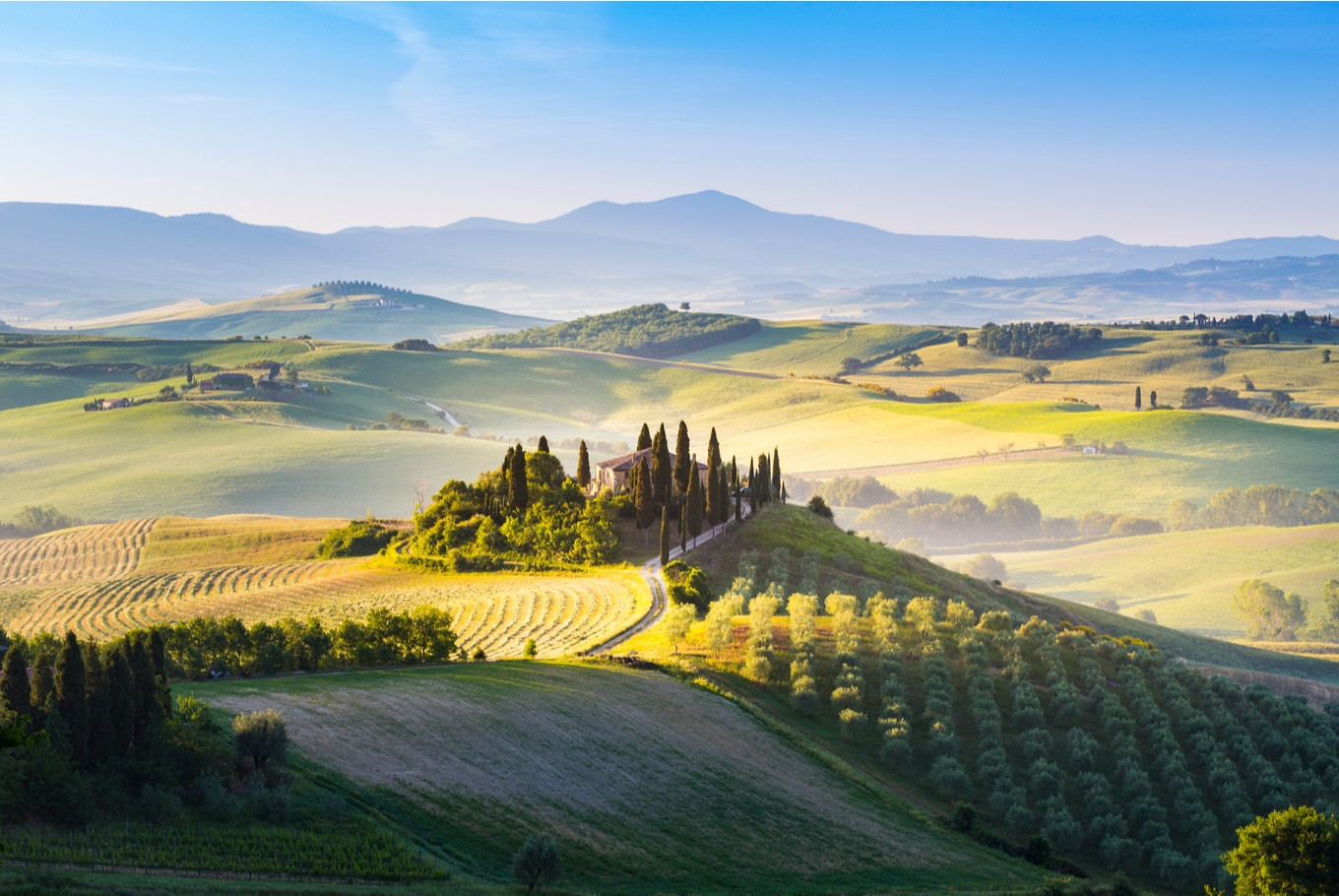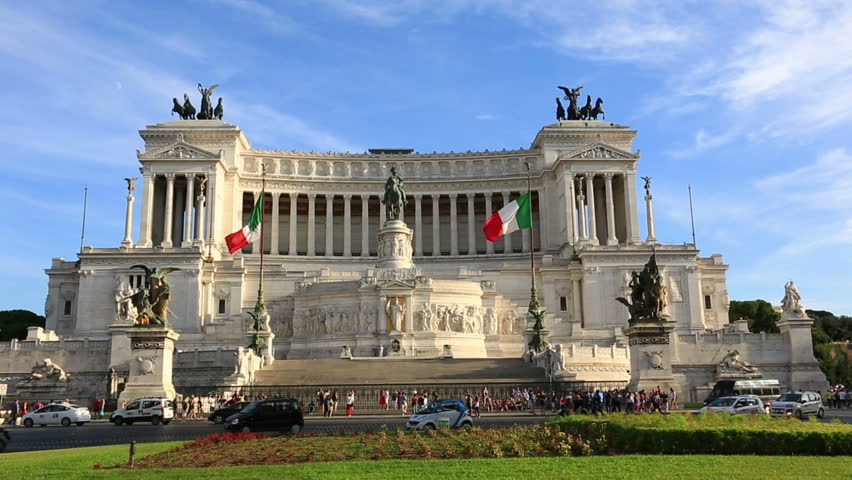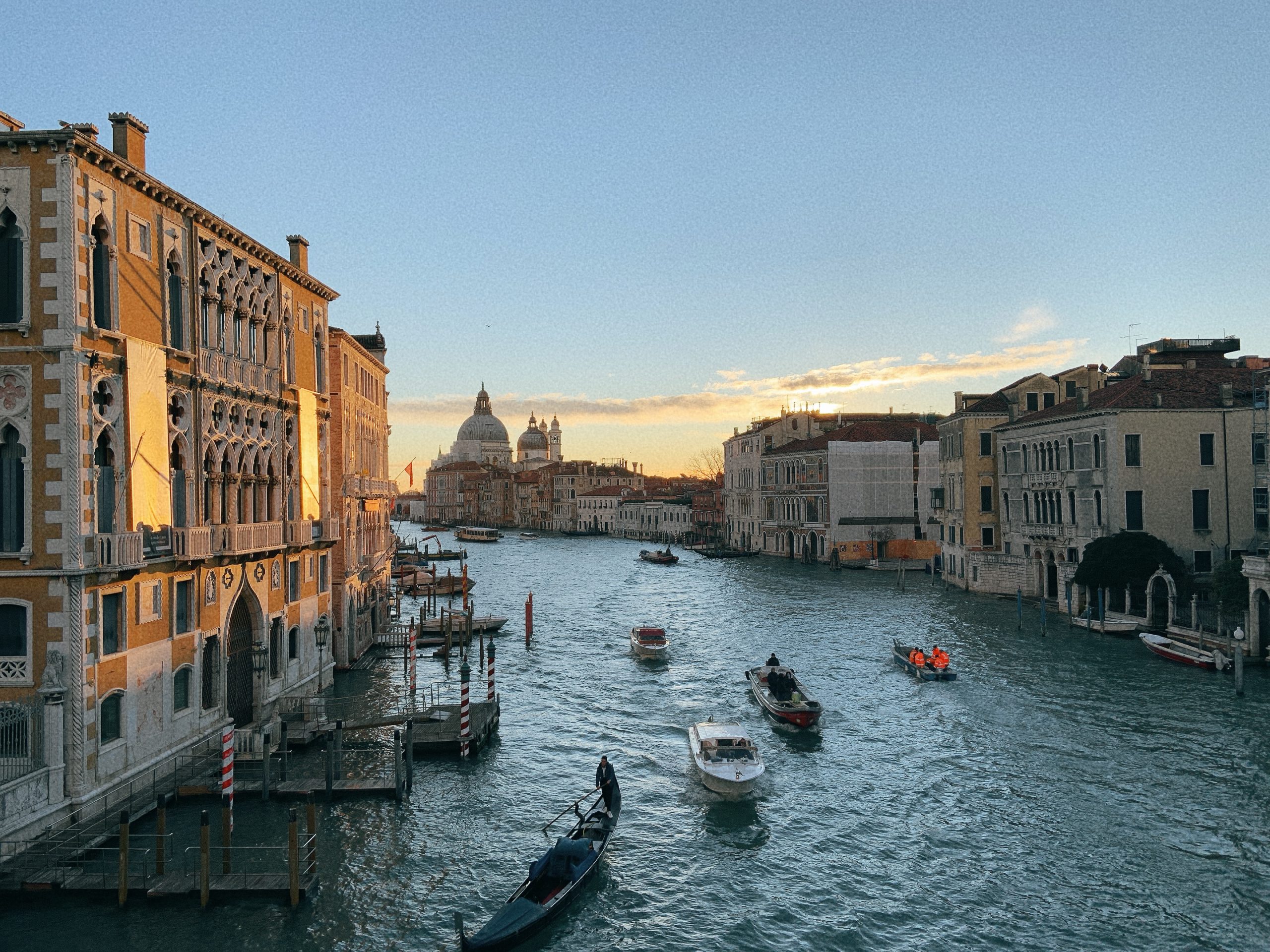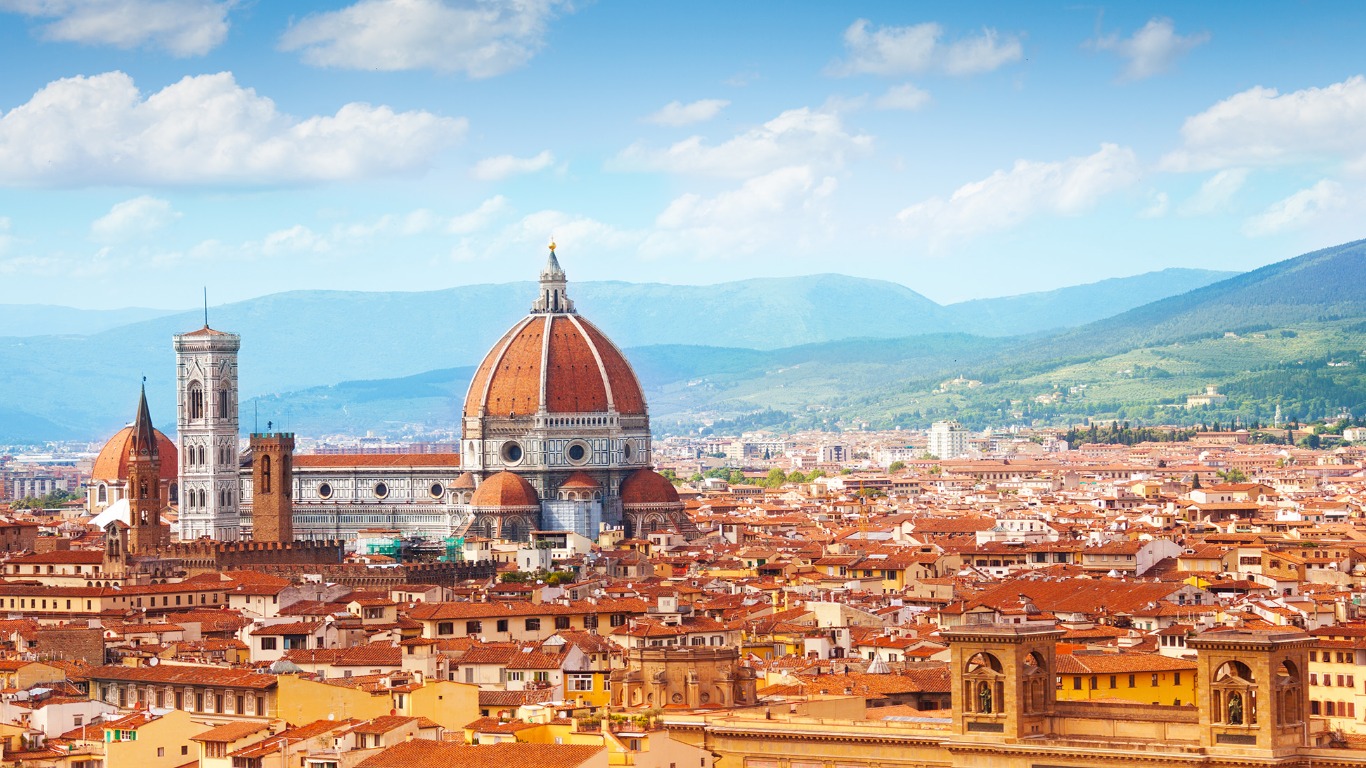
Vineyard tour and wine tasting

Tuscany attracts art lovers and foodies in equal measure to grand cities, like Florence and Siena, but also the ancient villages that pepper the landscape. Taking the time to tour the country lanes of Tuscany unveils green rolling hills, quaint vineyards and grand Tuscan villas.

Tuscany is one of the most famous and prolific wine regions anywhere in Europe. It is best known for its Sangiovese-based dry red wines – which dominate output. These include Chianti, Brunello di Montalcino and Vino Nobile di Montepulciano. However the most searched-for wine on our database is Sassicaia, a blend of Cabernet Sauvignon and Cabernet Franc from the coastal region of Bolgheri.

Climate is a vital factor in this region’s success as a wine region. Warm, temperate coastal areas are contrasted by inland areas (particularly those in the rolling hills for which the region is so famous), where increased diurnal temperature variation helps to maintain the grapes’ balance of sugars, acidity and aromatics. One variety that particularly thrives on these hillside vineyards is Tuscany’s signature red grape, Sangiovese. Even in winter, the weather is still beautifully sunny and the moderately cool temperatures allow for the wines to be aged in barrels.


Castello di Gabiano, situated in the Monferrato production region of Piedmont, dates back to the 8th Century, at the time of Charlemagne, Emperor of the Romans. In a signed document, he indicated the presence of a “Cortem magnam nomina Gabianam,” proving the land has been owned by the Gabiano family since that time.

As one of the most famous Italian grapes, Sangiovese sits on throne of the grape kingdom. Sangiovese produces wines that can be quite diverse in taste. This grape variety is internationally famous for its Tuscan wines: Chianti, Vino Nobile and last but certainly not least, Brunello de Montalcino. With so many different clones, Sangiovese wines will vary widely in style and quality and some might come off as tart and thin. A good Sangiovese is earthy and complex with a wonderful appeal of cherry and a subtle hint of tomato. In order to be affixed with the label IGT (Indicazione Geografica Tipica), the wine has to be 100% grown in the region. As for the specific wine types, such as Chianti, there needs to be a certain percentage of Sangiovese grapes used in the production of the wine, so that it can get the DOC or DOCG label (Protected Designation of Origin).


Upon arrival at the wine estate, we were warmly welcomed by one of the staff. The experience started with the cellars tour, during which the staff will explain our company history and what they produce today, the wine-making processes and production while showing the machineries and barrels.

After the short tour, we have a large wine-tasting room dedicated, where the guests can sit at tables. They will taste 4 wines (IGT Toscana Rosato, IGT Toscana Rosso, Chianti Classico and Chianti Classico Riserva): for each wine there was an explanation of how it is composed and its flavours. The wine tasting is accompanied by a typical Tuscan baked product. It is possible eventually to make a short walk in our vineyards.



With the interesting explanation from the host and the various types of wine, we clearly enjoyed the wine tasting tour. Besides wine, the host was also kind enough to introduce us to the three different types of olive oil, also produced on the farm. In the past, the olive oil was produced in clay vats, but due to new provincial regulations, the owners have to use steel vats instead. I was surprised to find out the different tastes of olive oil, some with a single type of olive while others were a mix.
Pasta making workshop
Next, we rushed off to the pasta making workshop which was back in Florence city. It was a rainy evening and we had to walk a distance from where we had parked the car.

We learnt how to make homemade pasta easily and successfully. The only ingredients needed are flour and water. There are two types of pasta that we made – Ravioli and Tagliatelle, in different shapes. The chef of Vivanda, the organic restaurant, will cook all the pasta that we have prepared together with 3 different sauces and served it to us for dinner. Since this is a typical Italian family with a long tradition, they also produce their own wine in the vineyards in the countryside of Tuscany. We had the opportunity to try organic Tuscan wine produced with natural methods and bottled in their cellar called “Dalle Nostre Mani”.

While modern methods of making pasta just use a cutting machine to cut the dough into strips, we were taught how to use this guitar strings board to cut our pasta into strips of tagliatelle. It was interesting to see how the strips of pasta could come about easily after a few rolls of the rolling pin.

At the end of the workshop, every participant will receive English instructions for making pasta at home. This is a photo of us with our instructor, a very friendly and lively instructor who taught us how to make all the pasta step by step. She was very patient and went round to correct the participant’s mistakes if he/ she were doing it wrongly. In the end, it was around 10.30pm when we started eating because of the delay at the start. It was mainly a carbs meal with all these heaps of pasta, with the ravioli having ricotta cheese as a filling. I prefer the tomato based pasta.

For desserts, we were served a frozen cake. We enjoyed attending this workshop, with all the ingredients provided, nice apron, rolling pin and a recipe booklet. While we may have forgotten the steps of making pasta or actually make fresh pasta again once we return home, but this memory of learning how to make pasta with 15 other foreigners in a small house in Florence was definitely unforgettable.
If you are visiting Tuscany region, do sign up for a sensory, cultural and gastronomic experience. These two experiences that we found on AirBnb are definitely worth checking out. We got to visit a wine cellar, vineyards & cooking! The Tuscan countryside area is very charming and only about 35 minutes by car from Florence, making it a convenient stop for a day trip. The links for these two experiences are below:


